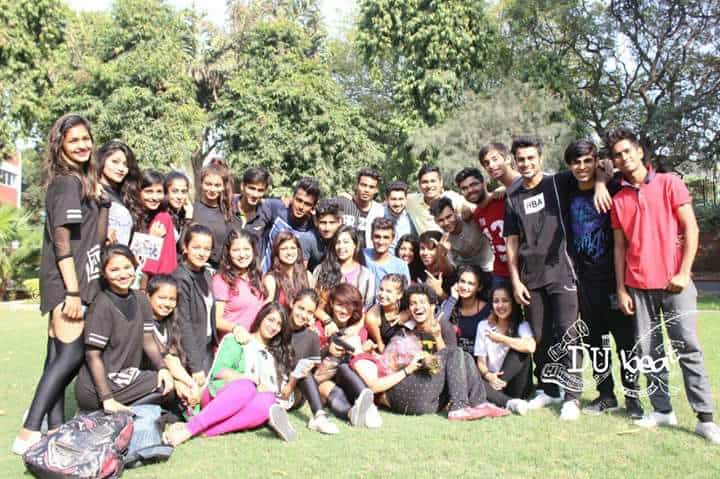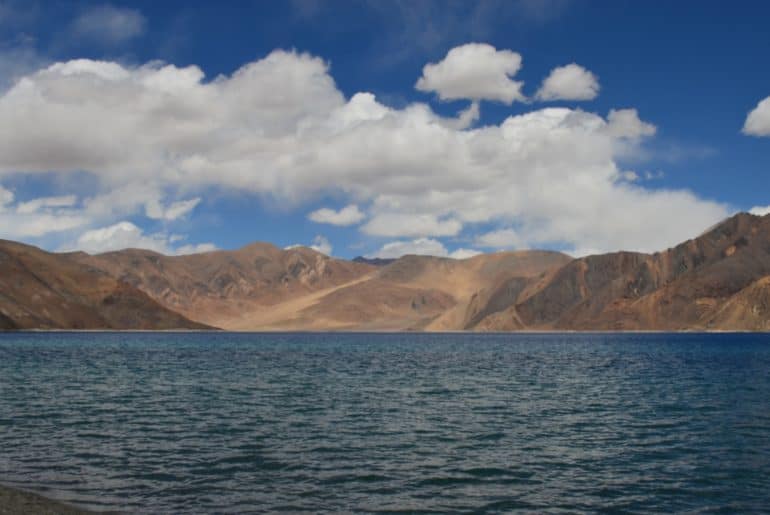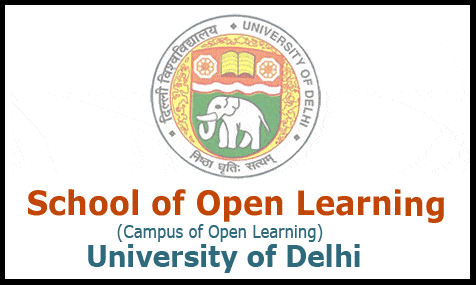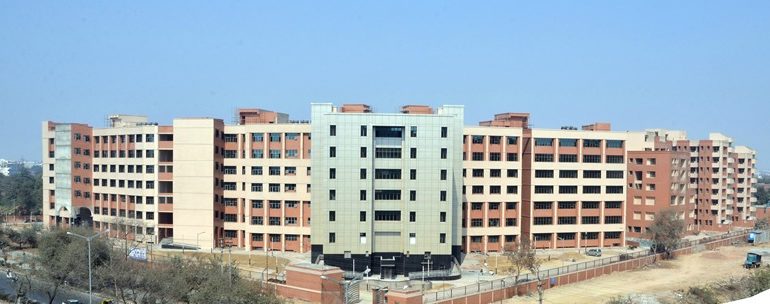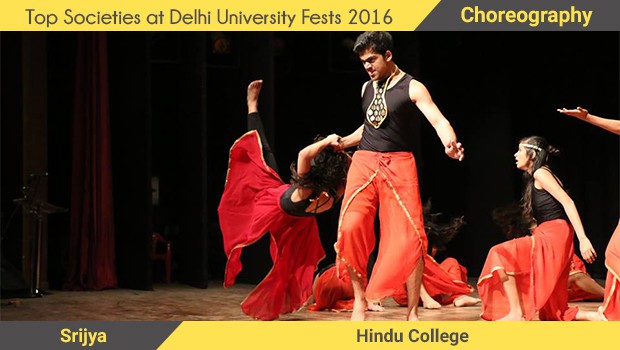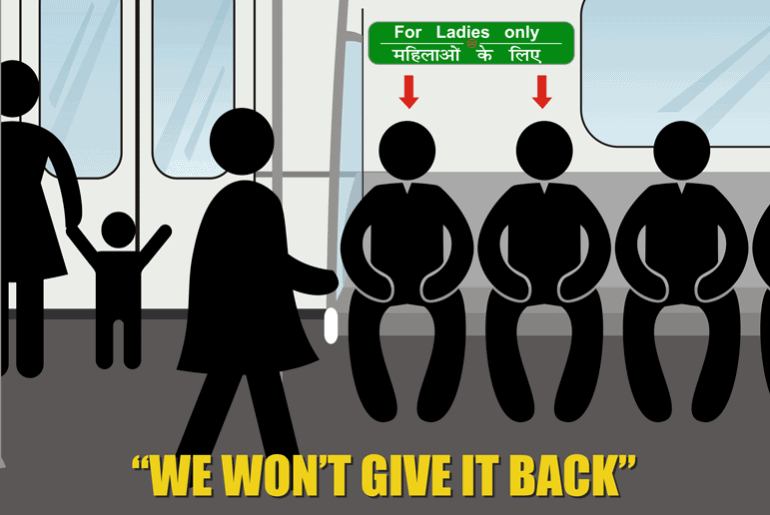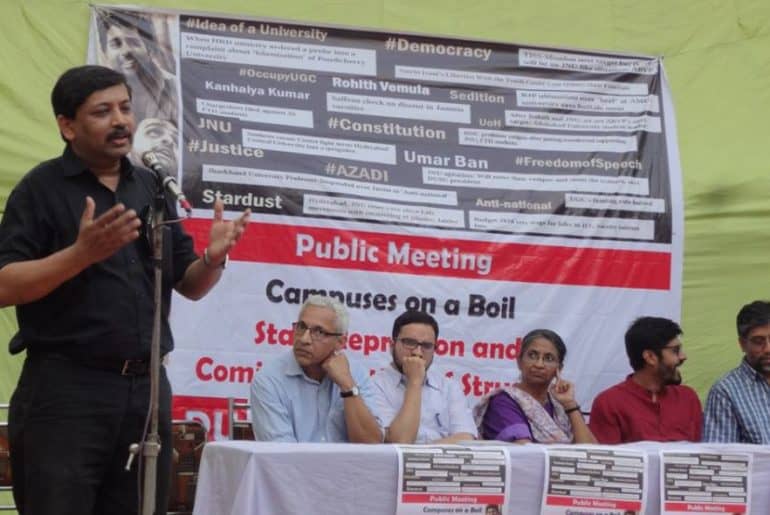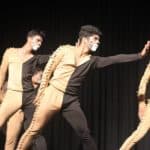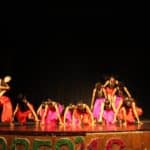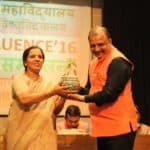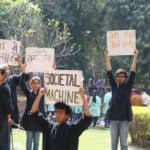Delhi University provides a wide range of extra-curricular activities for its students. Each college has its own societies, which compete with the societies of other colleges, time and again, across the academic session, especially during the fest season. After having spent two years in college, I can safely conclude that one of the most common queries of every fresher is usually about the societies of their college. Apart from being utterly fascinated by a plethora of societies to choose from, they also get vulnerable to various other confusions, such as:
Which society to join? How important is it to join a society? How many to join? If at all, should one even consider joining a society?
Therefore, following is a summary of some first-hand experiences of those students who have been, either extremely active, subtly active, left the society or never been a part of one at all during their college years.
Pros of Joining a Society:
1. Societies can be very helpful in many respects. You might join a society because of a certain skill you possess or something you like to do very much, for instance, dancing, debating, singing, writing and the like. It helps you keep in touch with your passion and even to further enhances it. Delhi University societies compete on a very well-trained level. As a result, they add plenty of exposure to your skill and experience. A lot of societies also encourage untrained students to be a part of them.
2. Societies are extremely competitive which helps one chisel out the best. Most of the growth that one experiences is because of such challenging and competitive environments.
3. Exposure along with interaction is also a plus for joining societies. One gets to meet students from other colleges, make friends and learn many new things. Fests, which are jam packed with competitions, also bring together different people and facilitate interactions. Outstation fests, in particular, are an absolute delight for most.
4. If you plan to take up some activity as a career option later, one must certainly look out for the college society of the same.
5. These societies also keep you busy after bursting the bubble of an exciting college life. In fact, they also help bring in the missing charm of a college, which one often anticipates.
6. They also add to the grace of your resume. People who have participated in extra-curricular activities are seen as competitive, efficient and disciplined individuals. This not only gives one an edge in interviews, internships and jobs, but is also an expected and welcomed improvement in one’s personal growth.
Cons of Joining a Society:
Where joining a college society may prove to be extremely beneficial, even then, a lot of people end up quitting a certain society. This is because of many reasons:
1. If you are not genuinely interested in a society, you might end up loathing your decision because of the intense competition. However, that also really depends on how much you can struggle from your side.
2. In addition to this, college societies take up a lot of your time. The practice sessions are mostly rigorous, especially for dance and theater societies. This can also affect your studies and ultimately your academic scores. During the fest season, society members hardly find any time to attend their classes. They juggle between a lot of different fests and competitions and often miss out on important lectures.
3. One of the most common reasons for people to quit societies is because of some form of ‘politics‘ as it is called, that goes on among them. Juniors often accuse seniors of their misbehavior and partiality, if any. However, this is not entirely true. Usually, each society (mainly, dance, music or drama) prepares only one composition per year. After some time, performing the same dance, music or play gets rather monotonous and boring. People thus also, complain about losing out on creativity in the process of focusing on only one composition.
What to do?
1. Experience gives me an authority to claim that one must avoid joining two active college societies simultaneously. In most of the cases, practice timings would clash and one will have to make a choice between them, eventually.
2. There are some students who have not joined any societies at all and have done incredibly well in their respective fields. Therefore, joining a society is definitely not necessary.
3. When solving the dilemma of joining a society or not, ask the right questions while thinking about this:
How active is the society? How is the work environment? Is it going to help me grow? Am I passionate about it? Will I be able to cope up? Is it relevant to my career? Is my passion enough to help me go for it?
4. Do not worry about society politics. Most of the freshers find it difficult to get along in the beginning, but after a while, society members end up being extremely close. The team almost becomes your family in most cases.
5. It is okay to avoid joining a society if you are not sure about it. College is full of opportunities and you will never run out of things to do. Interning during summer or any holidays can be a great alternative that you can choose. If you are extremely passionate about a certain activity, know that your love for it is enough for you to hold on.
6. Know thy priorities. Do not make your priorities suffer. Keep in mind that because your college life has just begun, everything will seem fancy at first. Remind yourself then, that nothing is really fancy. In fact, it will only get tougher with time. Do not get over excited.
Clam down! And now, you can choose what you want to choose.
Image credits: Vegh Daswani for DU Beat
Tooba Towfiq
[email protected]

